TOPIC
stigma) from Corn Planted in Abakaliki Metropolis of Ebonyi State, Nigeria.
a fresh ear of corn. It is a shiny, thin fibers that aid the pollination and growth of corn that
are used in traditional herbal medicine practices. This research was aimed at exploring the
phytochemicals present in corn silk (Zea mays stigma) obtained from Abakaliki in Ebonyi
State of Nigeria, in addition to the antimicrobial activity of these compounds. Corn silk was
collected from seven corn farm fields dried and ground into powder. The powdered corn silk
was extracted with organic solvents and the crude extract subjected to phytochemical
analyses. The result obtained revealed the presence of the following bioactive compounds
flavonoids, saponins, phenols, terpenoids, glycosides, and tannins. THE quantitative analysis
of the dried ground sample revealed the concentration of the following bioactive
components: alkaloids 0.27%, flavonoids 1.2%, saponins 2.0%, tannins 77.048mg/g, phenols
34.673mg/g and glycosides 189.44mg/100g. The crude ethanolic extract showed
antimicrobial potency against five microorganisms via E. Coli, Staphylococus species,
Klebisiella species, Salmonella species and Pseudonomas species at different concentrations
with inhibitory zone diameter ranging between 5mm and 16mm. Gentamycin was used as a
standard antibiotic and the results obtained significantly revealed the potential effect of corn
silk against the pathogens examined.
Keywords: Antimicrobial, corn silk, phytochemicals screening, qualitative, quantitative.
Download: FULL TEXT PDF
PUBLISHED
2023-01-11
HOW TO CITE
Nwafor R. N, Nwokonkwo D.C. and Oti Wilberforce (2023).Phytochemical Screening and Antimicrobial Potency of Corn Silk (Zea mays stigma) from Corn Planted in Abakaliki Metropolis of Ebonyi State, Nigeria. IAA Journal of Applied Sciences 9(1):74-83.
